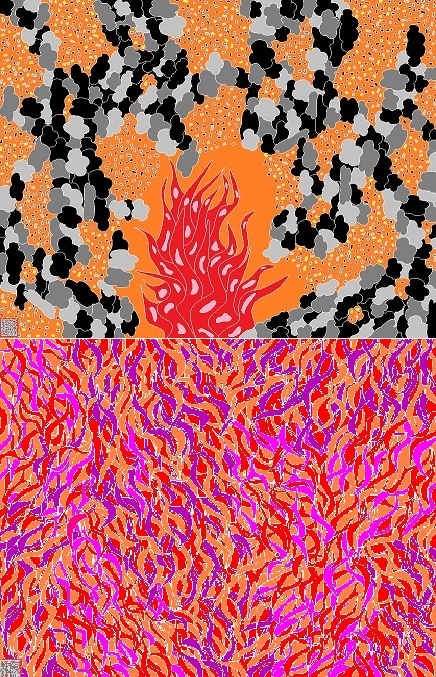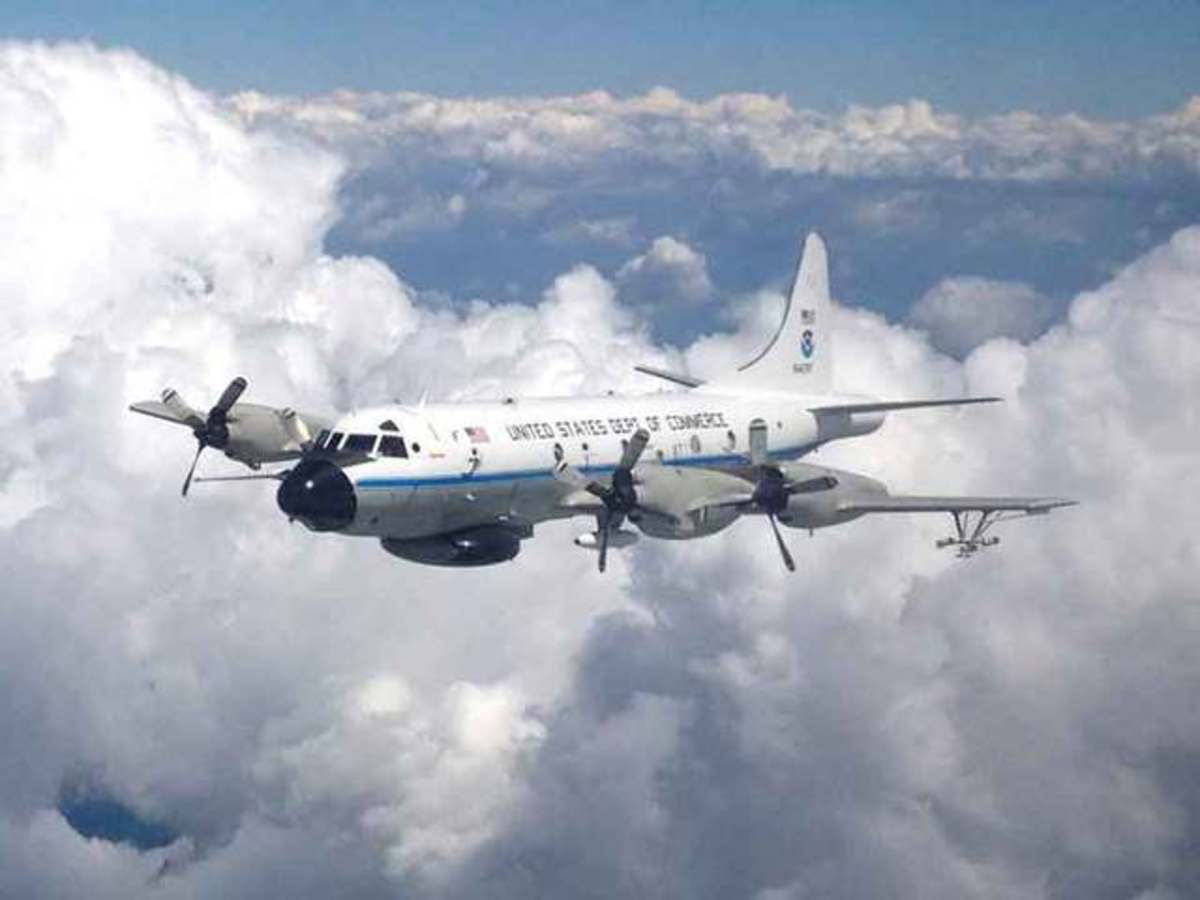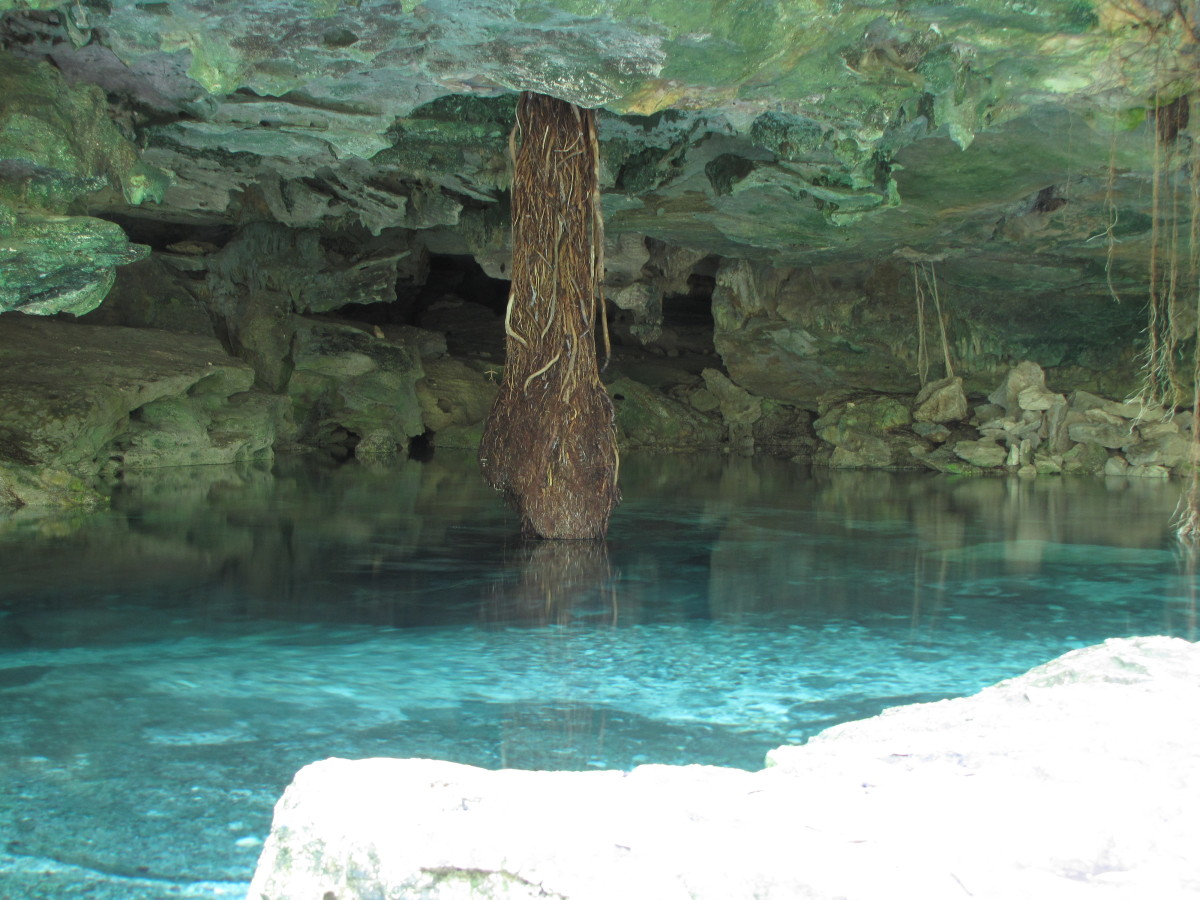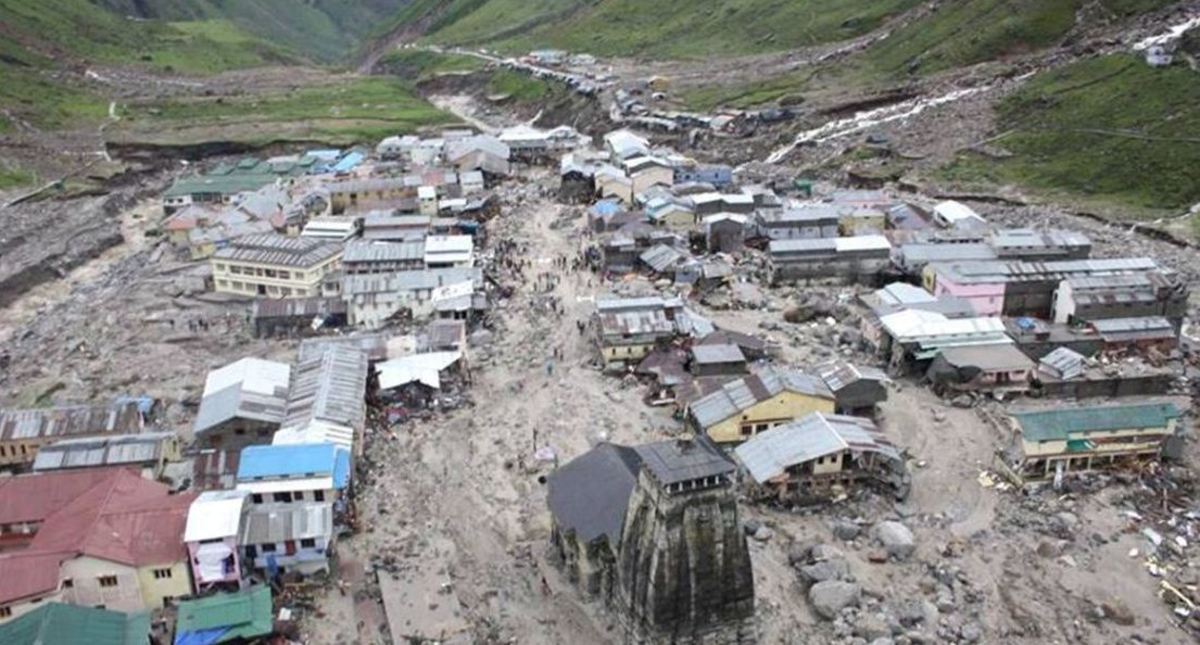California Wildfire
Wildfire in the forest and grasslands is the Nature’s way of house cleaning and new life regeneration. It occurs normally when overgrowth causes overcrowding and decay that result in unhealthy living conditions. The fire is triggered by lightning that ignites a spark in the dry debris. As living conditions in the city become more congested, polluted, and expensive, people start to fan out into the surrounding countryside in the middle of grasslands and woods. As people escape the noise and crime of the metropolis, they are facing new annoyance of the wildfire. It is especially common place in the Southern California where the yearly weather system is made up of only the wet and dry seasons.
The Weather
Southern California has a very unique weather pattern. The wet season of averaging 10 inches of rainfall normally starts in November and ends in April. The dry season of less than 0.5 inch of rainfall usually starts in May and ends in October. The 10 inches of rainfall are not nearly enough to sustain a still growing population of 24 million inhabitants and the associated industries and agricultures. To replenish the water deficit, several hundred miles of aqueduct were constructed to fetch the precious liquid from up North and sierra Nevada. When the rainfall is below average and the outside water resources are also low, water ration is enforced. People have learned to conserve water by planting drought-resistant grass and trees, taking a quick bath, flush the toilet without the full tank, etc. All new planned community in the countryside is designed to store rainwater and prevent excessive runoffs.
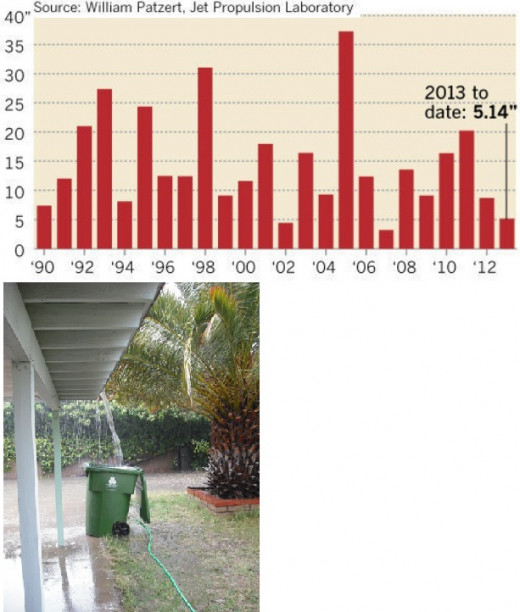
The Perfect Storm
At the end of the wet season in April, the hills and grasslands in the countryside are blossoming with vegetations and green grass. With the onset of the dry season and after 6 months of hot sun and almost not a drop of rainfall, the same countryside is turning brown and producing fuels for the wildfire. However, without the wind, even when a fire breaks out, it can be controlled by the firemen.
The wet season consists of a regular cycle of rain and wind. The length of each is determined by the high pressure system that moves in and out of the region that encompassed Southern California. When the high pressure dome moves out of the region, the rain cloud formed in the Pacific Ocean moves in with downpour to irrigate the dry land. When the high pressure dome covers the region, the rain cloud is blocked and the bone-dry desert wind from the East blows in.
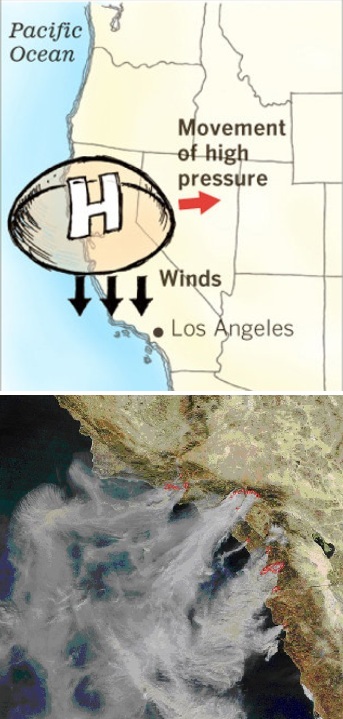
When there is not enough rain to moisturize the hills and the grasslands especially in the beginning of the wet season, a perfect storm is simmering when the dry desert wind engulfs the region at a speed above 40 mph producing a humidity that is less than 10. When a fire is started in this condition in the hills or the grasslands, the only thing that the fire department can do is to order the evacuation of the residents living in the path of the fire storm, setup the evacuation centers, and watch it to run its course.
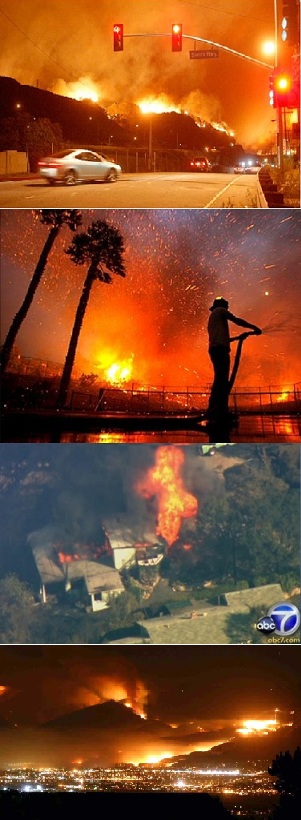
The Prevention
For residents who live in the hill or near grassland are required to clear all brushes and dry debris within 100 feet of their properties. Wood shake roof is recommended to be replaced with asphalt shingle or ceramic tile. No BBQ is allowed in the park or areas where fire poses a danger.
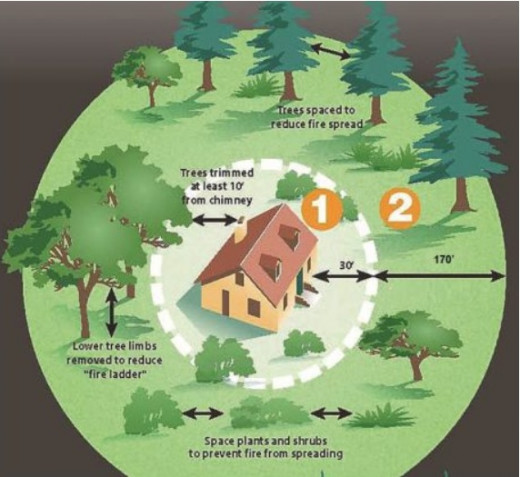
The wind can speed up the advancing fire storm but the embers can trigger fire in a much wider area including the destruction of houses that are a safe distance from the trees and brushes. The floating embers can sneak through opening windows or the ventilation silts below the eaves and enter the interior of the house. So, it is a safe practice to close all the windows when there is a fire storm in the area. As to the ventilating silts, they can be easily fitted with a screen to prevent tiny objects from sneaking into the attic.
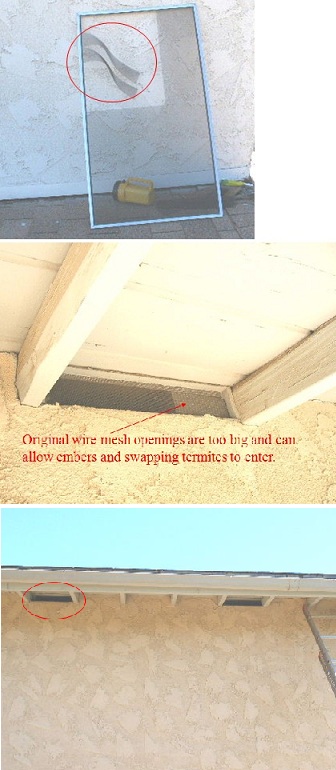
The Major Fires
1961 – Nov. 6: 60 mph Santa Ana winds blew burning brush into the affluent Bel Air and Brentwood communities, when a bulldozer working at a construction site struck a rock and caused a spark that ignited the dry brush. More than 300 police officers helped evacuate 3,500 residents during the 12-hour fire, and more than 2,500 firefighters battled the blaze consuming nearly 10,000 acres and destroying more than 484 homes.
1970 - Sept. 26: It was started by downed power lines during Santa Ana winds in the Kitchen Creek area of the Laguna Mountains in eastern San Diego County. The brush fire consumed 175,425 acres and 382 structures killing 8 people.
1990 – June 27: The Painted Cave fire started by people and burned 4,900 acres and destroyed 641 structures in Santa Barbara. A long drought had made the brush very dry, and several days of heat wave further dried up the area. As the sun was setting, strong winds began blowing the fire down the mountain towards town.
1993 – Nov. 2: The Great Malibu fire, which started just before noon in arid brush country near Topanga Canyon, had consumed about 20,000 acres of prime coastal real estate and 268 houses in a 12-mile section from the Santa Monica Mountains to Malibu.
2003 - Oct. 25: 15 devastating forest fires burned for two weeks, primarily in San Diego County, Ventura County, Riverside County, and San Bernardino County, forcing more than 80,000 people to evacuate their homes and burning 800,000 acres. More than 15,500 firefighters battled the blazes that killed 24 people and destroyed 3,640 homes.
2007 - Oct. 21: 16 wildfires from Simi Valley to the Mexican border were fanned by 50 to 60 mph winds and burned nearly 500,000 acres. Three people died, 25 firefighters and civilians were injured, and nearly 1,300 homes were destroyed. Over 500,000 people evacuated their homes while nearly 1,000 firefighters fought the flames.
2008 – Nov 14: The Sayre Fire caused the loss of 489 residences. The fire had burned 11,262 acres and destroyed more than 600 structures: 480 mobile homes, nine single-family homes, 104 outbuildings and 10 commercial buildings. The evacuation area was to cover more than 10,000 people.
